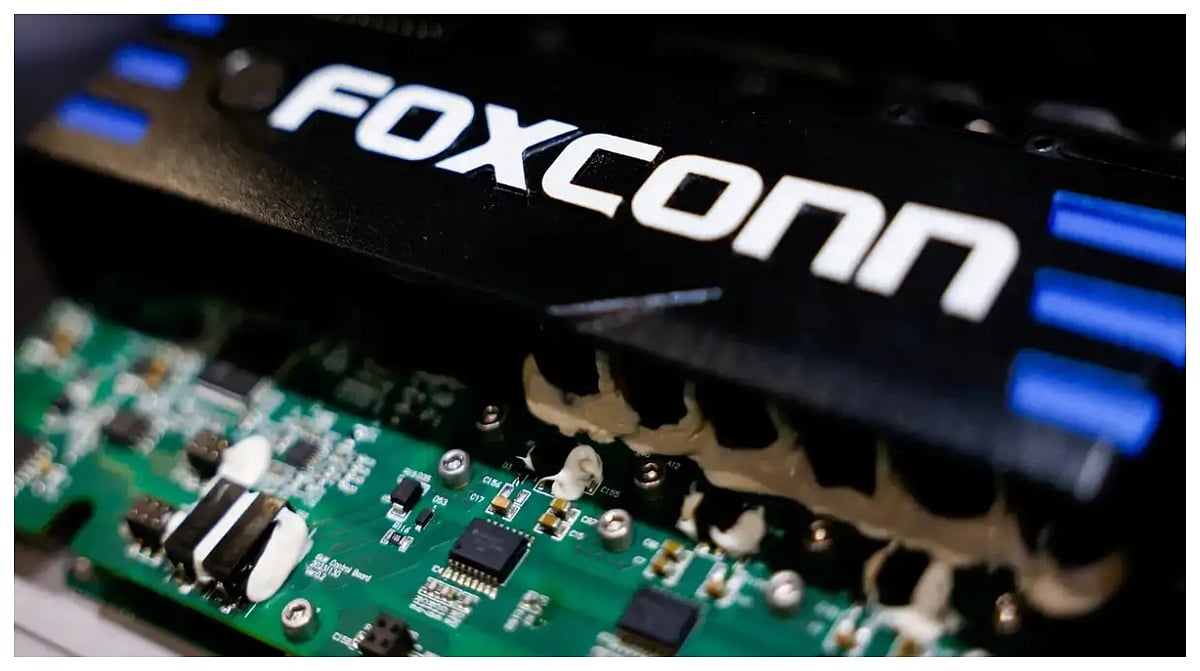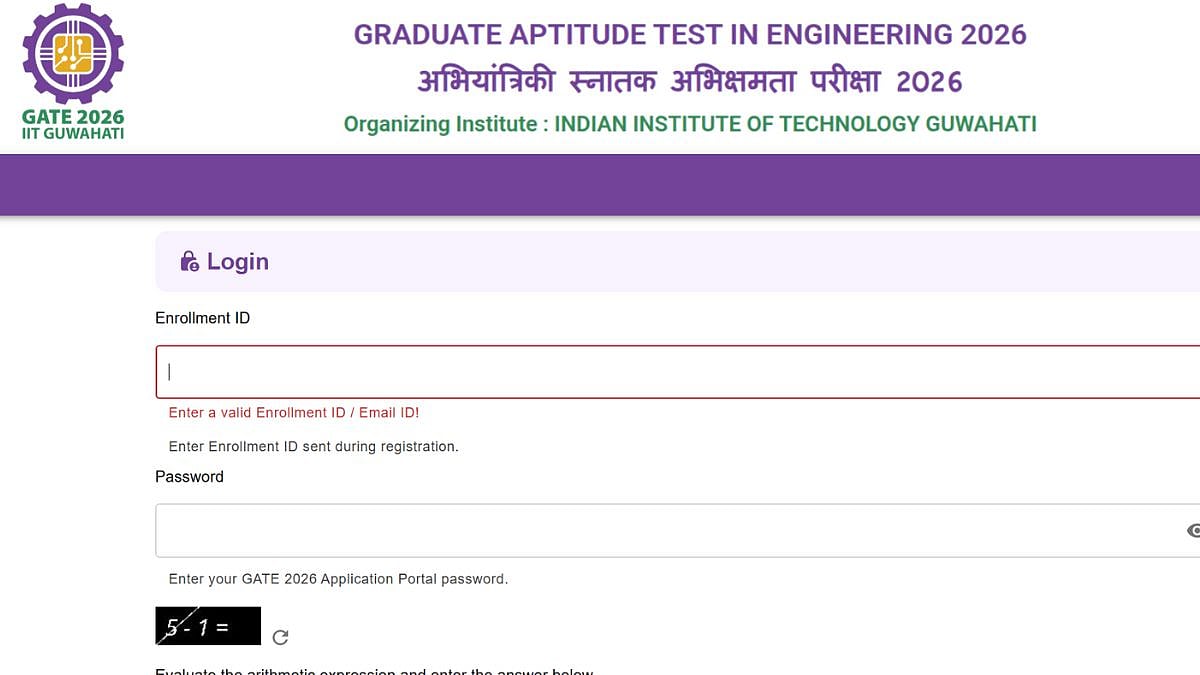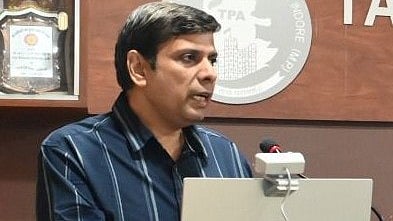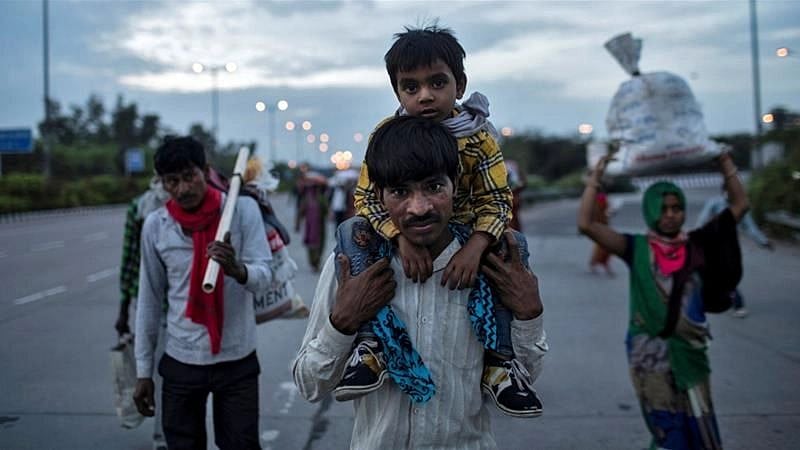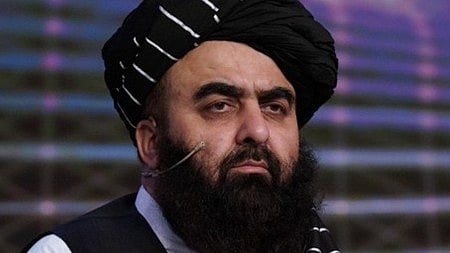Analyses based on the World Inequality Database and other studies, such as one by the World Inequality Lab, indicate that the top 1% of India's population controls over 40% of the country's wealth and holds 22.6% of the total income, representing the highest concentration of wealth in decades. Resultantly, there is a significant and ever-burgeoning wealth gap, with the bottom 50% of the population holding a much smaller share of the national wealth and income. The USA, too, suffers from terrible lopsided distribution of income and wealth, but the focus of this article is purely on India, period.
At the root of the problem is the phenomenon of unearned income—a hard-working labourer in a farm or factory eking out a paltry Rs 500 a day, whereas a film star-turned-quizmaster demanding and reportedly getting Rs 7.5 crore per episode. Recently, actor Akshay Kumar went on record saying, “I have Rs 2000 crore in fixed deposits,” a target he was wistfully wanting to achieve. He had post-haste added that he had worked hard for it. Really? Don’t celebrities, especially film stars and cricketers, get overpaid several thousand times over, maybe, thanks to the peculiarities of the industries they are in?
Mark Mascarenhas of WorldTel guaranteed Sachin Tendulkar a minimum of Rs 100 crore over five years for his endorsements, beginning with a deal in 2001 that transformed the sports marketing landscape in India. This revolutionary contract established Tendulkar's unparalleled brand value, proving that cricketers could be as influential as Bollywood stars in the advertising world. Flush with the excitement on reaching the milestone, Tendulkar said he could now concentrate on the game! There is a huge element of unearned income or exaggerated rewards in the following walks of life in India:
Cricket, especially with the advent of the IPL.
Cinema, especially with the advent of OTT platforms, especially for stars and their films.
Top-notch advocacy.
Share market insiders, especially promoters with SEBI, make IPO the easiest get-rich-quick scheme.
The list is by no means exhaustive, only illustrative. Sadly, no government in the independent India has applied correctives except for mouthing platitudes and throwing crumbs at the poor. We had an anaemic wealth tax regime targeting just six assets that significantly left out bank deposits and shares from 1992 to 2015. Arun Jaitley, who was the finance minister in 2015, junked it, saying it wasn’t generating sufficient revenue even to take care of the administrative expenses thereon. He did not realise that by benignly targeting only six asset classes, failure to generate revenue for the exchequer was ingrained. Besides, it also exempted one residential house of one’s choice, irrespective of its size, thus treating a Janata flat and a palatial bungalow in Lutyens’s Delhi at par. The Estate Duty Act has remained in suspended animation since 1985 on the same specious ground that often the estate had to be sold to pay the tax, as the bulk of the estate comprised immovable properties.
Finance Minister Nirmala Sitharaman has, in the last couple of years, drastically reduced the tax burden on the middle class by first freeing them of the income tax burden if they didn’t earn more than Rs 12 lakh. That indeed has brought out more than 50% of the urban households from its clutches. Agricultural income is in any case exempt from the income tax. And more recently, in the name of GST reforms, she has given huge reliefs by making 5% and 18% the default rates, leaving only the sin goods for 40% tax. While the middle class is sending her blessings skyward and economists are gushing in their praise for her twin back-to-back reforms, sceptics, including yours truly, wonder if she has thought of alternative sources of revenue to bridge the resultant fiscal gap beyond hoping that the buoyancy factor (lower taxes generating greater demand for goods) would offset the tax sacrifice. But then there are two sets of demands—elastic and inelastic. It is the former, namely the elastic demand, that may fuel furious buying, but then how many cars or washing machines does one expect the housewife to buy in her lifetime?
Inevitably, she may have to tax share market gains more fully at par with the tax on earned income like salaries. The Modi government has no choice but to usher back wealth tax and estate duty. A comprehensive wealth tax of, say, 2% on net assets beyond Rs 5 crore may not hurt the middle class. Likewise, an estate duty of 5% on the estate beyond Rs 10 crore may not hurt the middle class either, while making for good optics as well as financials. The accent on direct taxes is felicitously called Robinhood taxation. On the other hand, the emphasis on indirect taxes is criticised as being regressive, as its impact falls more on the poor. Take fuel tax in India, which accounts for roughly 50% of the petrol bunk prices. Its impact is as much on the labourer as on the elitist sections of the society. The Modi government functionaries rationalised the heavy fuel tax on the grounds that it was necessary to run various welfare schemes for the poor. Touche! Tax the poor to subsidise the poor, whereas under Robinhood taxation the poor are subsidised with the help of taxes collected from the rich. We have been wittingly or unwittingly turning Robinhood taxation on its head.
Of course, free education and healthcare for the poor can be another corrective. Of course, they cannot be made universally available as in the Scandinavian countries, given our resource constraints.
John Kenneth Galbraith, the US economist who wore the hat of the US ambassador to India, derisively described as the “Horse and Sparrow” theory that justified unearned income. The name implies the horses get fed oats, and then some of what they eat is not digested and passes through their system. Thus, the oats become available to the sparrows in the horse dung. There is a section of Indian intelligentsia which gives thumbs up to the obnoxiously revolting horse and sparrow theory—the superrich, after all, give job opportunities for the poor; so what if they get to enjoy unearned income? This is the height of condescension and rationalisation.
S Murlidharan is a freelance columnist and writes on economics, business, legal and taxation issues.

